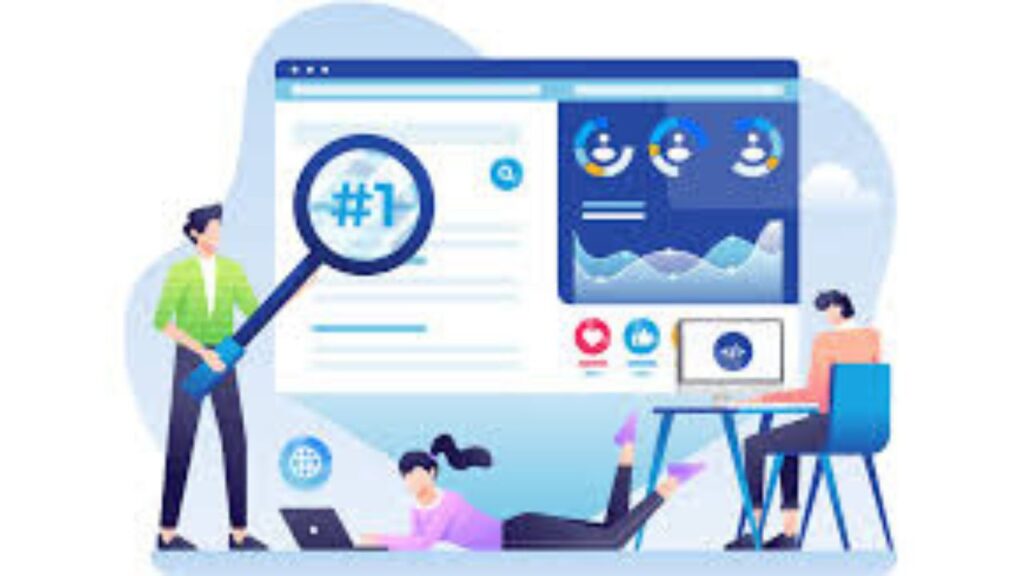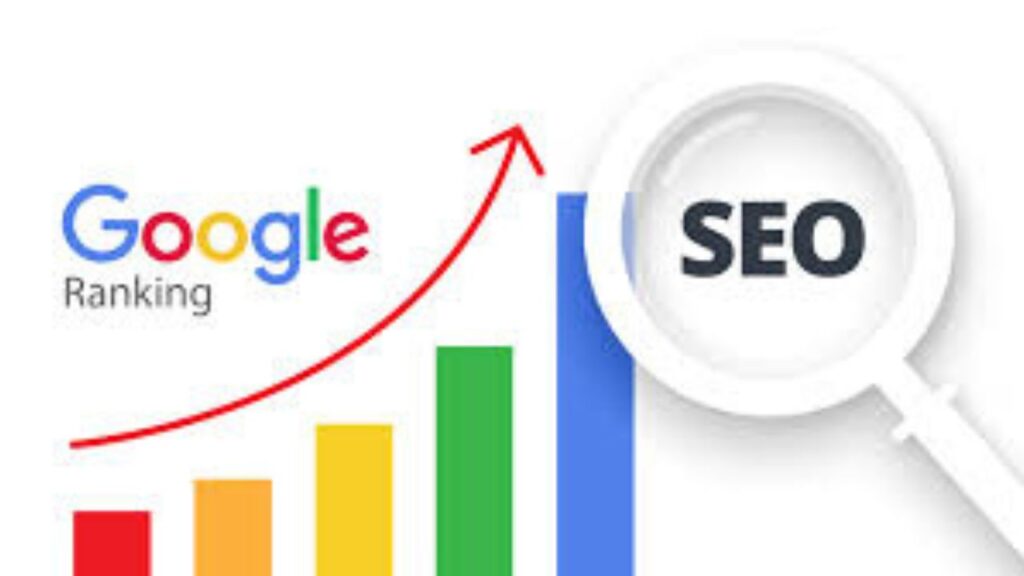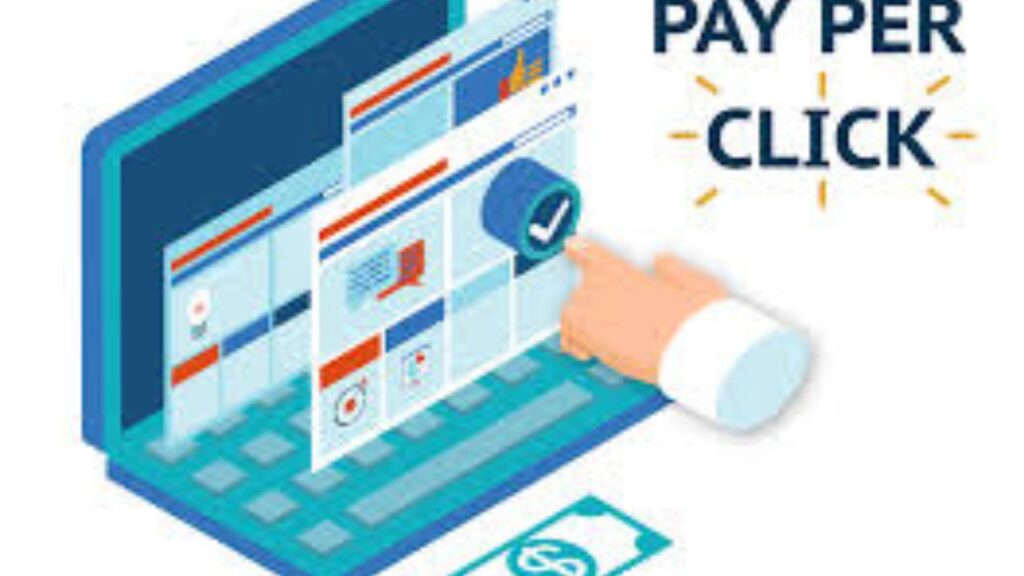Table of Contents
ToggleHow to Download Leads From Facebook Ads in 2024
How to Download Leads From Facebook Ads in 2024. When we run ads on Facebook to generate leads for our business, many leads also come through the ads. How will we download these leads? Today we will know in detail in this blog. Before knowing this, let us know what is leads? Stay with us till the end.
What is Leads?
A lead is an individual or organization that has shown interest in a company’s product or service, typically by providing their contact information through a marketing initiative. This interest is often expressed through actions such as filling out a form, subscribing to a newsletter, downloading a resource, or clicking on an advertisement.
Leads are crucial for businesses as they represent potential customers who have taken the first step towards a purchase. Effective lead generation and management involve attracting these prospects, nurturing them with targeted content and follow-ups, and ultimately converting them into paying customers.
This process is essential for business growth, as it helps focus marketing efforts on individuals who have already shown a willingness to engage, thereby increasing the likelihood of sales and revenue generation.

How to Generate Leads?
1. Content Marketing
Content marketing involves creating and distributing valuable, relevant, and consistent content to attract and engage a target audience, ultimately driving profitable customer action. This strategy includes various forms of content such as blog posts, videos, infographics, ebooks, and social media updates, all tailored to address the interests and pain points of potential customers.
By providing informative and engaging content, businesses can build trust and authority in their industry, encourage audience interaction, and foster long-term relationships with customers. Effective content marketing not only enhances brand awareness but also nurtures leads through the sales funnel, converting them into loyal customers.
Read Also -: How To Do Content Research in 9 Steps

2. Social Media Marketing

3. Search Engine Optimization
Search engine optimization (SEO) is the process of enhancing a website’s visibility on search engine results pages (SERPs) to attract organic, unpaid traffic. This involves optimizing various elements of the website, such as using relevant keywords, improving site structure, and ensuring mobile-friendliness, to make it more attractive to search engines like Google.
High-quality content, backlinks from reputable sites, and technical aspects like page speed and secure connections (HTTPS) also play crucial roles in effective SEO. By strategically improving these factors, businesses can rank higher in search results, making it easier for potential customers to find them online. SEO not only increases website traffic but also builds credibility and trust with the audience, contributing to long-term business growth and success.
Read Also -: What is SEO and why is it important for website.

4. Paid Advertising
Paid advertising is a strategic approach where businesses pay to display their ads on various platforms, such as search engines, social media, and websites, to reach a targeted audience.
This method includes pay-per-click (PPC) ads, where advertisers pay each time a user clicks on their ad, display ads that appear on relevant websites, and social media ads that target users based on their interests and demographics.
Paid advertising allows for precise targeting and immediate visibility, making it an effective way to drive traffic, generate leads, and boost sales.

5. Landing Pages and Forms
Landing pages and forms are critical elements in any digital marketing strategy, designed specifically to convert visitors into leads or customers. A landing page is a standalone web page created for a specific marketing campaign or promotion.
It typically focuses on a single objective, such as capturing leads through a form, promoting a product, or encouraging users to sign up for a webinar.

How to Download Leads From Facebook Ads in 2024
-
Access Facebook Ads Manager:
- Log in to your Facebook account and navigate to Ads Manager.
- Click on the account that contains the ad campaign from which you want to download leads.
-
Navigate to the Ad Campaign:
- Go to the specific ad campaign that generated the leads you want to download.
-
Access the Leads Center:
- In Ads Manager, click on “Leads Center” in the left-hand menu. This will show you a list of all the lead ad forms that you have created.
-
Choose the Lead Form:
- Select the lead form from which you want to download leads. Click on the name of the form.
-
Download Leads:
- Once you’re in the lead form, you should see an option to download leads. Typically, this is located near the top right of the page, next to the ‘Columns’ button.
- Click on ‘Download Leads’ and choose the format you want (CSV or Excel).
-
Customize Download Settings (if needed):
- Facebook may allow you to customize the download settings. Make sure you have the correct date range selected and any other filters you want to apply.
-
Download the File:
- Click ‘Download’ to save the file to your computer. The file will contain all the leads that were generated from that specific lead ad form during the selected time frame.
-
Review and Use the Leads:
- Open the downloaded file to review your leads. You can now use this data for follow-up, customer relationship management (CRM), or any other purposes as per your business needs.
-
Secure Your Data:
- Since lead data contains personal information, ensure that you store and handle it according to applicable privacy laws and your company’s data protection policies.
Conclusion
In this blog we learned what are leads and how to generate them and how to download and nurture leads collected through Facebook ads.
How to get Facebook ad? If you also want to learn all this practically in details, then Hello my name is Rozy, I teach digital marketing. If you are also interested in Facebook ads and digital marketing and want to learn digital marketing, then click on the button given below and join us.
